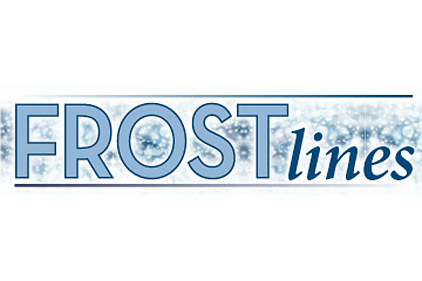I mention that because in the original series more attention was paid to minor details that didn’t move the story along but still made for interesting reading. When the heroes sat down for meals, exactly what they ate and how good the food tasted were detailed. In some series, when the heroes raced around chasing the bad guys in recognizable cities, attention was paid to real street names and sites along those streets (especially when the adventures were in New York City or Washington, D.C.).
There was also some instruction along the way. Here, for example, is some dialogue in a book called Sea Gold, in the Rick Brant series, published in 1947. In this story, our heroes are involved with a secret seawater research facility along the Atlantic Ocean. The bad guys are trying to destroy the plant first with sabotage, then hand grenades. The town folks are marching on the plant armed with baseball bats because they think the good guys who run the plant are poisoning the ocean with their sea water-based research (not so, by the way; the bad guys did the poisoning and blamed it on the plant owners).
“How did they find out the oyster beds were poisoned?” Scotty demanded. “There’s no ‘r’ in June. Oysters aren’t in season.”
“That business of oysters not being in season when there’s no ‘r’ in the month doesn’t mean anything on the coast,” Rick said. “People around here eat oysters any time. Anyway, the only reason that stuff was started about not eating oysters during the summer months was because they spoiled in the heat. We have refrigeration nowadays.”
There’s some education for you. With hand grenades going off and an angry mob on the way, we have an urban legend (oysters only in ‘r’ months) shot down, and we get a plug for refrigeration. Oh, and running through the book is the point that the good guy’s plant is not an environmental hazard by any means — an example of some early green thinking.
Too bad today’s young teens seem more caught up in books of fantasy (Twilight, Harry Potter) than those that give blatant pitches for refrigeration.
Publication date: 11/26/2012



Report Abusive Comment